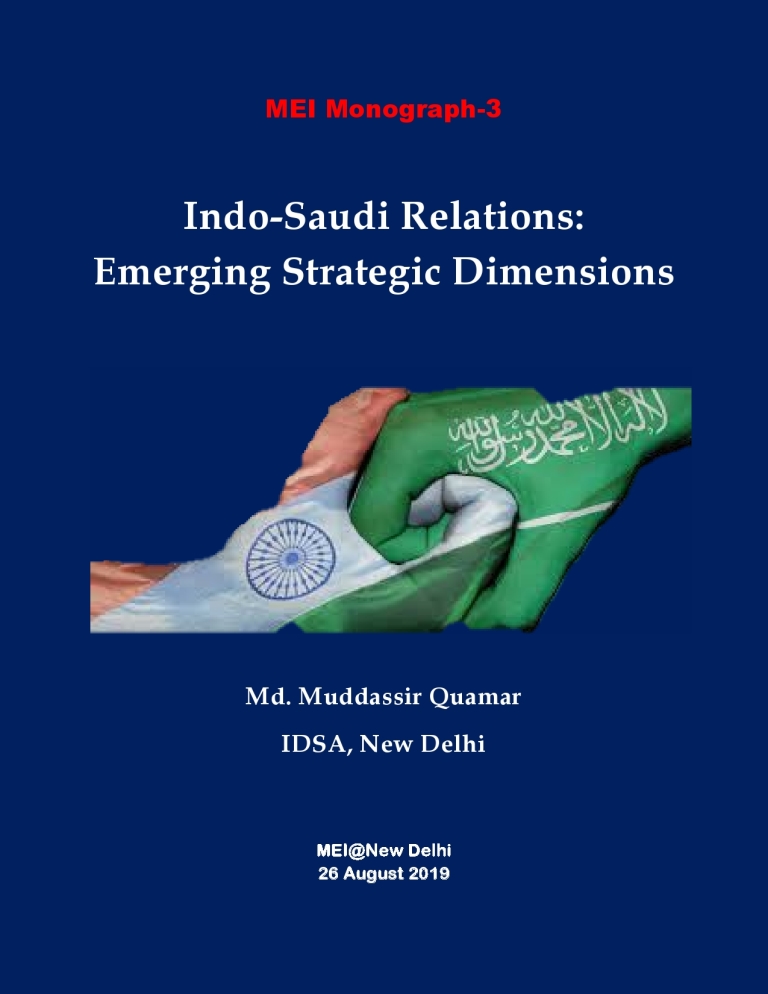Breaking
- MENU
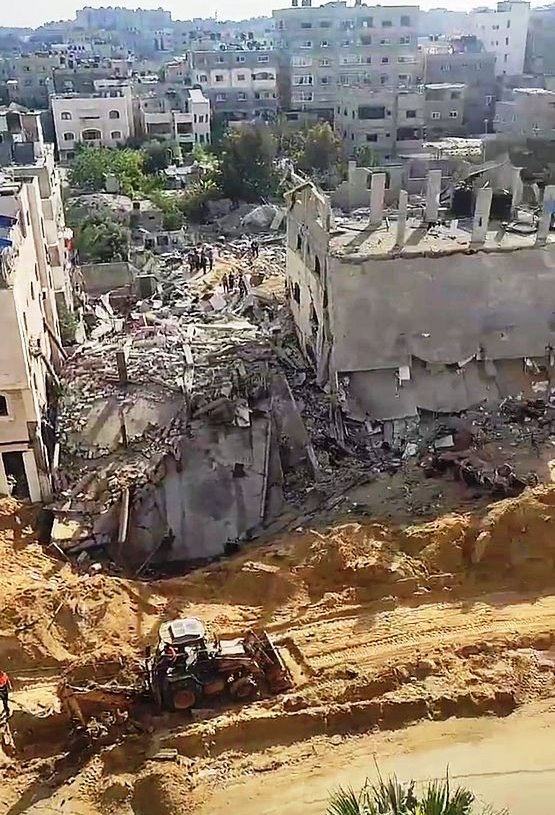
Israel and Hamas have engaged in fighting each other since 2006 when Hamas emerged victorious in the Palestinian Legislative Council elections and forcibly took control of the Gaza Strip a year later.
The latest fighting between Israel and the Islamist militant organization Hamas, that controls the Gaza Strip, has caused the death of 227 Palestinians, including 64 children, and resulted in 11 Israeli civilians losing their lives. In addition, more than 1,600 Gaza residents and nearly 114 Israelis have been injured. This is the worst fighting between Israel and Hamas since 2014, when the Israel Defence Forces (IDF) had launched Operation Protective Edge leading to the 50 days of violent conflict in which nearly 2,200 Palestinians and 70 Israelis had lost their lives. The war had come to an end after Israel and Hamas agreed to a ceasefire due to mounting international pressure and Egyptian mediation.
Israel and Hamas have engaged in fighting each other since 2006 when Hamas emerged victorious in the Palestinian Legislative Council elections and forcibly took control of the Gaza Strip a year later. Earlier, in 2005, Israel had relinquished control of the Strip to reduce its military commitments in the Occupied Palestinian Territories. The first major war between Hamas and IDF occurred in 2008-09 when after months of tit-for-tat attacks Israel launched the Operation Cast Lead in December 2008 leading to serious fighting causing death of an estimated 1,200-14,00 Palestinians and 13 Israelis. After a few years of relative calm and low scale fighting, violence re-escalated in 2012 when Israel launched the Operation Pillar of Defence in which more than 150 Palestinians had lost their lives.
The latest round of escalation goes back to the protests in April 2021 by Palestinian families in Sheikh Jarrah, a historical locality in East Jerusalem, who were facing eviction from their homes. This led to counter protests by Jewish extremist groups sparking violence and rioting in and around the city. The violence spread to Haram al-Sharif/Temple Mount area on 7 May, the last Friday of the holy month of Ramadan, when clashes erupted between Muslim worshipers gathered in Al-Aqsa mosque and Jewish groups who had thronged the Old City to celebrate the Israeli takeover of Jerusalem in 1967. In trying to control the situation, the IDF entered the area, managed by Jordan and holy in both Judaism and Islam, further escalating the violent clashes.
As violence continued for two days, on 10 May, Hamas launched rocket attacks in southern Israel provoking IDF bombing Hamas’s hideouts in Gaza Strip. The rocket attacks from Gaza have intensified since then with Hamas and Islamic Jihad launching a barrage of rockets deep inside Israel including Tel Aviv. Rockets have also landed in northern Israel from southern Lebanon causing panic and threatening a wider conflict.
Both Hamas and Israel have now come under intense international pressure, including from the United States, to de-escalate and work toward a ceasefire. Egypt and France have taken lead in mediation efforts while the United Nations Security Council (UNSC) has also taken note of the situation urging an immediate end of fighting. The world is divided with many regional and international countries, such as China, Russia, Iran, Turkey and Saudi Arabia, blaming Israel for targeting civilians and children and using disproportionate force while others, especially the US, UK, Germany, Brazil and Canada backing Israel’s right of defines. Israel considers disproportionate force as a legitimate deterrence against Hamas despite international condemnation.
Hamas, which is considered a terrorist organization by the US and UK, has on its part thrived on being the main armed Palestinian movement against Israel. The organization traces its root to Muslim Brotherhood and emerged during the First Intifada (1987-1993). The group rejects Oslo Accords and was instrumental in derailing of the Israeli-Palestinian Peace Process by launching violent attacks inside Israel including suicide bombings during the Al-Aqsa Intifada between 2000 and 2005. After gaining control of the Gaza Strip, Hamas has emerged as the main challenger to Fatah-led Palestine Liberation Organization (PLO) in steering the Palestinian Authority (PA) led by Mahmoud Abbas since 2005. With support from Iran and Turkey, the group has emerged as a strong fighting force challenging the Israeli occupation of Palestinian territories.
The current spate of fighting comes at a time when Israel has been facing a prolonged domestic political stalemate and Prime Minister Benjamin Netanyahu is fighting for his political survival. Between April 2019 and March 2021, Israel has witnessed four Knesset (parliament) elections with the Netanyahu-led Likud party failing to gain enough adequate support each time to form a stable government. After the March 2020 elections, Netanyahu stitched a coalition with his principal opponent, leader of Blue and White and former IDF chief Benny Gantz, who assumed the role of “alternate prime minister” and Defence Minister.
The coalition government could not continue for long with differences emerging over various issues, most importantly over defines budget. Fresh elections were held in March 2021 in which Likud re-emerged as the largest party but Netanyahu failed to bring together a coalition under his leadership. Days before the conflict started, Yair Lapid, the leader of second largest Yesh Atid party was tasked with the responsibility of forming the government by President Reuven Rivlin and reportedly was on the verge of a breakthrough to muster support of smaller right-wing, left-wing and Arab parties. But with the escalating violence the chances of Lapid succeeding have become bleak.
Significantly, this time the fighting between Israel and Hamas has not remained confined and has spread to the West Bank, East Jerusalem and among the Arab citizens of Israel with reports of protests, clashes and rioting coming from several towns in the Occupied Territories and Israel. This in a way changes the Israeli calculation of isolating Hamas and gives credence to Hamas which seeks wider support among the Palestinian communities.
With mounting international pressure, the fighting between Israel and Hamas is expected to come to an end in the coming weeks, if not days, but this is unlikely to be the last round of the endless battle between Israel and Hamas and reminds the international community of the need to revive the Middle East Peace Process.
Note: This article was originally published in Financial Express on 20 May 2021 and has been reproduced with the permission of the author. Web Link
As part of its editorial policy, the MEI@ND standardizes spelling and date formats to make the text uniformly accessible and stylistically consistent. The views expressed here are those of the author and do not necessarily reflect the views/positions of the MEI@ND. Editor, MEI@ND: P R Kumaraswamy
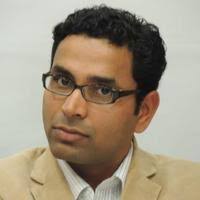
Md. Muddassir Quamar is an Associate Fellow in Manohar Parrikar Institute for Defence Studies and Analyses, New Delhi. He holds a Ph.D. in Middle East studies from Jawaharlal Nehru University and his doctoral thesis focused on social dynamics in Saudi Arabia in the context of the tensions between two seemingly non-harmonious trends; Islamization and modernization. He has a broader interest in Gulf societies, political Islam, Middle East geopolitics and India’s relations with the Middle East. He has co-authored two books India’s Saudi Policy: Bridge to the Gulf (Palgrave Macmillan, 2019) and Persian Gulf 2019: India’s Relations with the Region (Palgrave Macmillan, 2020). He is currently working on a manuscript on education reforms in Saudi Arabia. He has co-edited four anthologies, including Changing Security Paradigm in West Asia: Regional and International Responses (Knowledge World, 2020), Political Violence in MENA (Knowledge World, 2020), Islamic Movements in the Middle East: Ideologies, Practices and Political Participation (Knowledge World, 2019) and Contemporary Persian Gulf: Essays in Honour of Gulshan Dietl, Girijesh Pant and Prakash C. Jain (Knowledge World, 2015). His research papers have appeared in leading international journals such as Asian Affairs, Strategic Analysis, India Quarterly, Contemporary Arab Affairs, Digest of Middle East Studies, Journal of Arabian Studies and Journal of South Asian and Middle Eastern Studies. As part of his project in MP-IDSA, Dr. Quamar authored a monograph on Erdogan’s Turkey: Politics, Populism and Democratisation Dilemmas. Since 2018, he has served as the Book Review Editor for Strategic Analysis, the flagship journal of MP-IDSA published in association with Taylor & Francis. In May 2020, he edited an MEI Monograph Middle East Fights Covid-19: A Fact Sheet with contributions from students pursuing Masters in IR in JNU. He regularly contributes Op-Ed articles on developments in the Persian Gulf, Middle East and India’s relations with the region for Indian and international forums. In 2014-15, he was a Visiting Fellow at the King Faisal Center for Research and Islamic Studies, Riyadh. Dr. Quamar has been associated with the Middle East Institute, New Delhi, in various capacities since its foundation and serves as Associate Editor of its flagship journal, the Contemporary Review of the Middle East published by Sage, India.
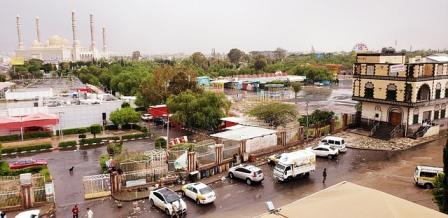
On January 17, 2022, the United Arab Emirates (UAE) was rocked by two attacks after drone attacks ta.....
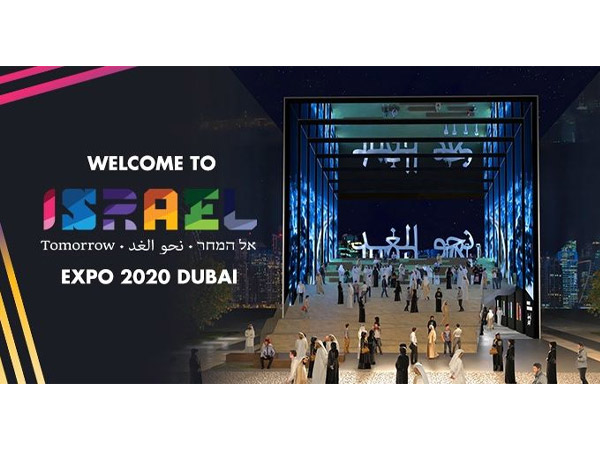
Within a span of just over a year since the announcement of the Abraham Accords, between Israel and .....
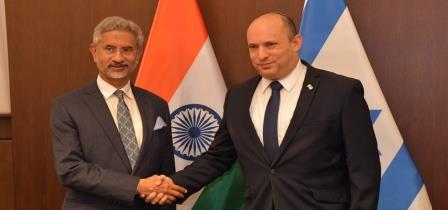
External Affairs Minister S. Jaishankar’s visit to Israel signifies the burgeoning Indo-Israel.....
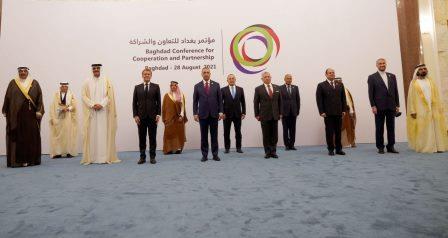
On 28 August 2021, Iraq hosted the first “Baghdad Conference for Cooperation and Partnership&r.....
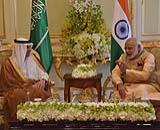
Recent developments in Afghanistan–the US military withdrawal and return of Taliban– has.....
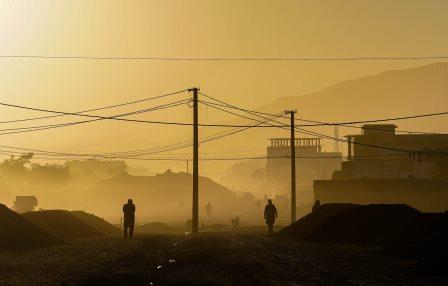
The Taliban takeover of Afghanistan has wider ramifications for the world. Among the key questions t.....
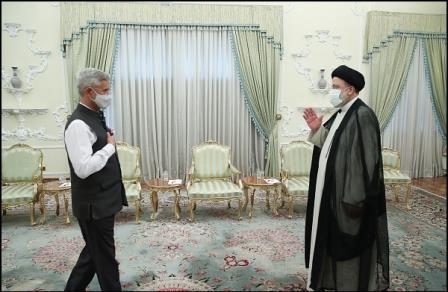
External Affairs Minister S. Jaishankar attended the swearing-in ceremony of the new Iranian preside.....
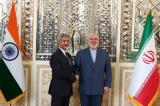
The revitalisation of ties with Iran will remain confined to the immediate issue of shared interests.....
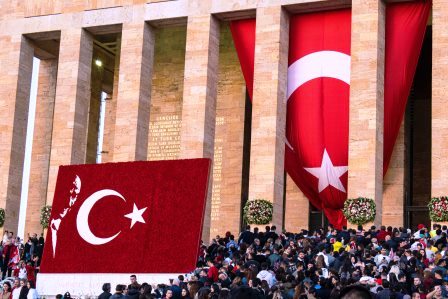
Tensions have gripped the Eastern Mediterranean (East Med) for the past few months owning to differe.....
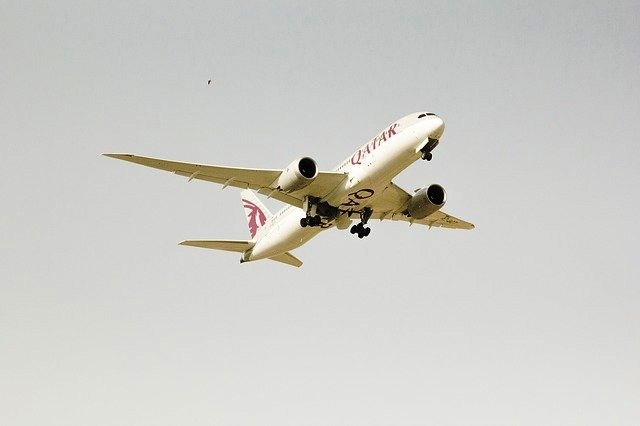
Qatar is an important country in the Gulf with which India has traditionally had strong bilateral ti.....
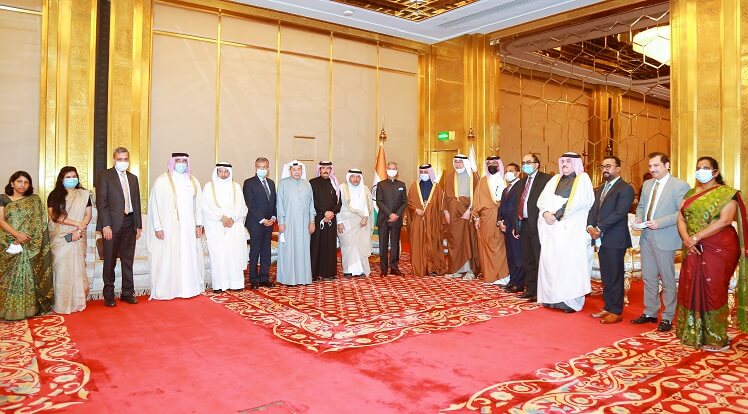
International geopolitical developments and the growing chances of friction between the global power.....
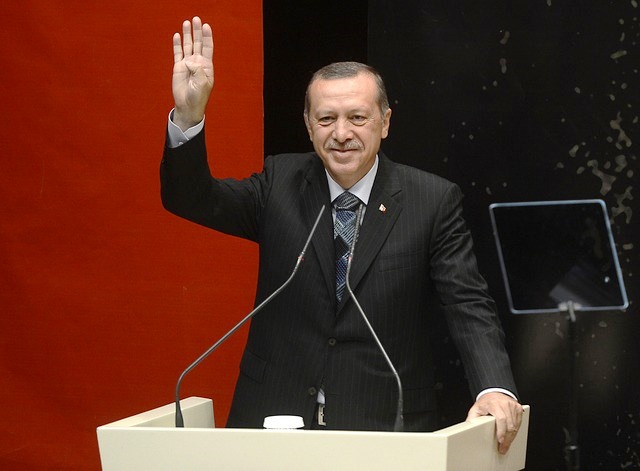
In recent years, Turkey’s foreign policy has attracted scrutiny because of its aggressive post.....
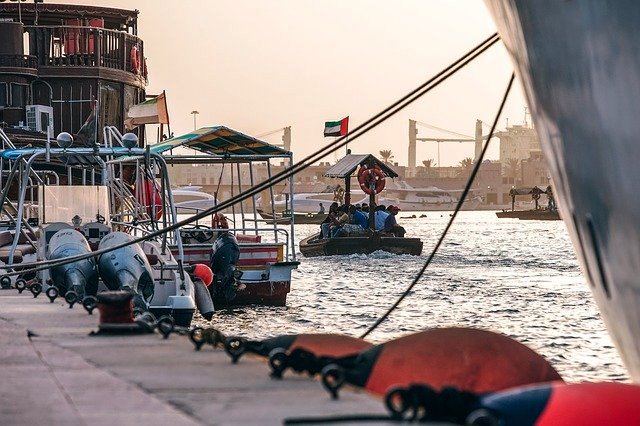
India and the United Arab Emirates share a vision for peace and prosperity. Under the leadership of .....
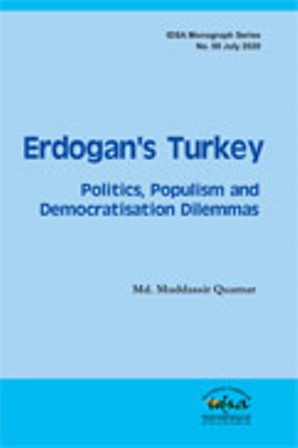
The coming to power of the AKP is one of the defining moments in the history of modern Turkey. Here .....

Though the news of China and Iran entering into US$400 billion agreement and Iran going ahead with C.....
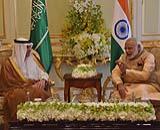
India’s relationship with the Gulf has witnessed a qualitative transformation since the August.....
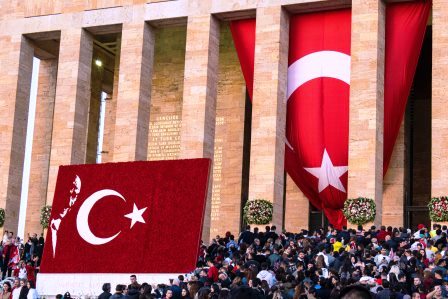
The results of country-wide municipal elections in Turkey held on 31 March 2019 threw a few surprise.....
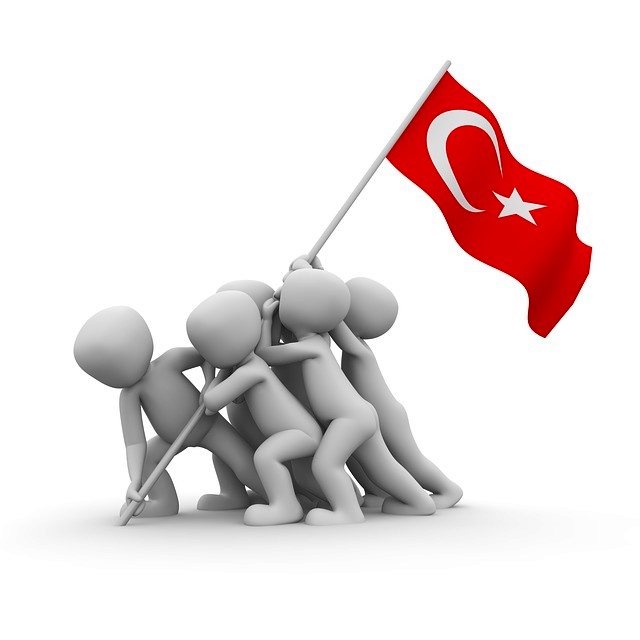
Like other parts of the world, West Asia (or the Middle East) too is hit hard by the spread of COVID.....
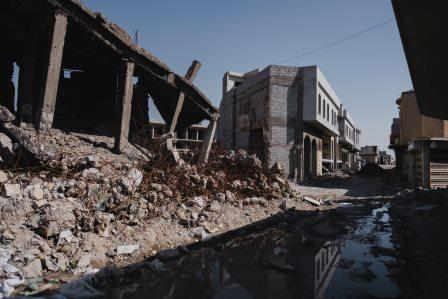
Iraq is suffering from internal divisions and external interventions for long. The problems of the p.....
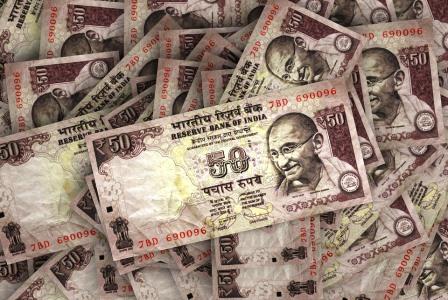
The West Asia is one of the most volatile and conflict-ridden regions in the world today. Given the .....
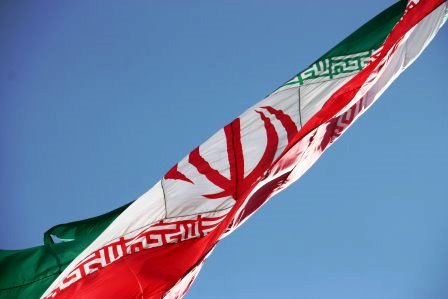
In the Persian Gulf, the New Year began with a bang. On January 3, the world woke up to the news of .....
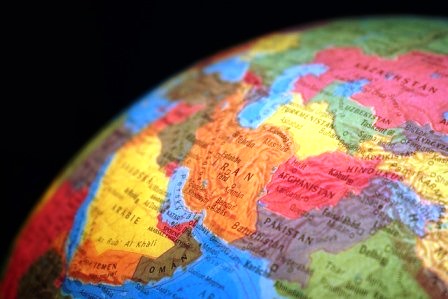
Major General Qassem Soleimani, commander of the elite Quds Force of the Iranian Revolutionary Guard.....
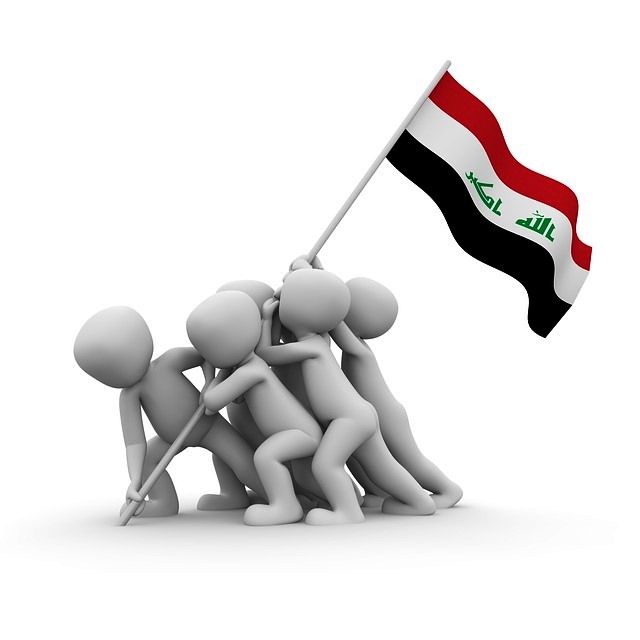
For over two months, youth in Iraq are protesting against corruption, unemployment and Iranian and A.....

The historic relations between India and the Gulf countries have undergone a qualitative transformat.....
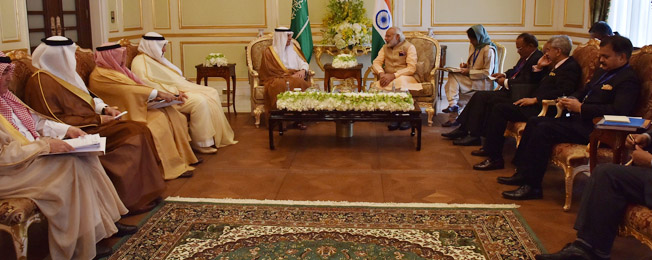
India and Saudi Arabia enjoy traditional friendly ties. Both are strategic partners and are working .....
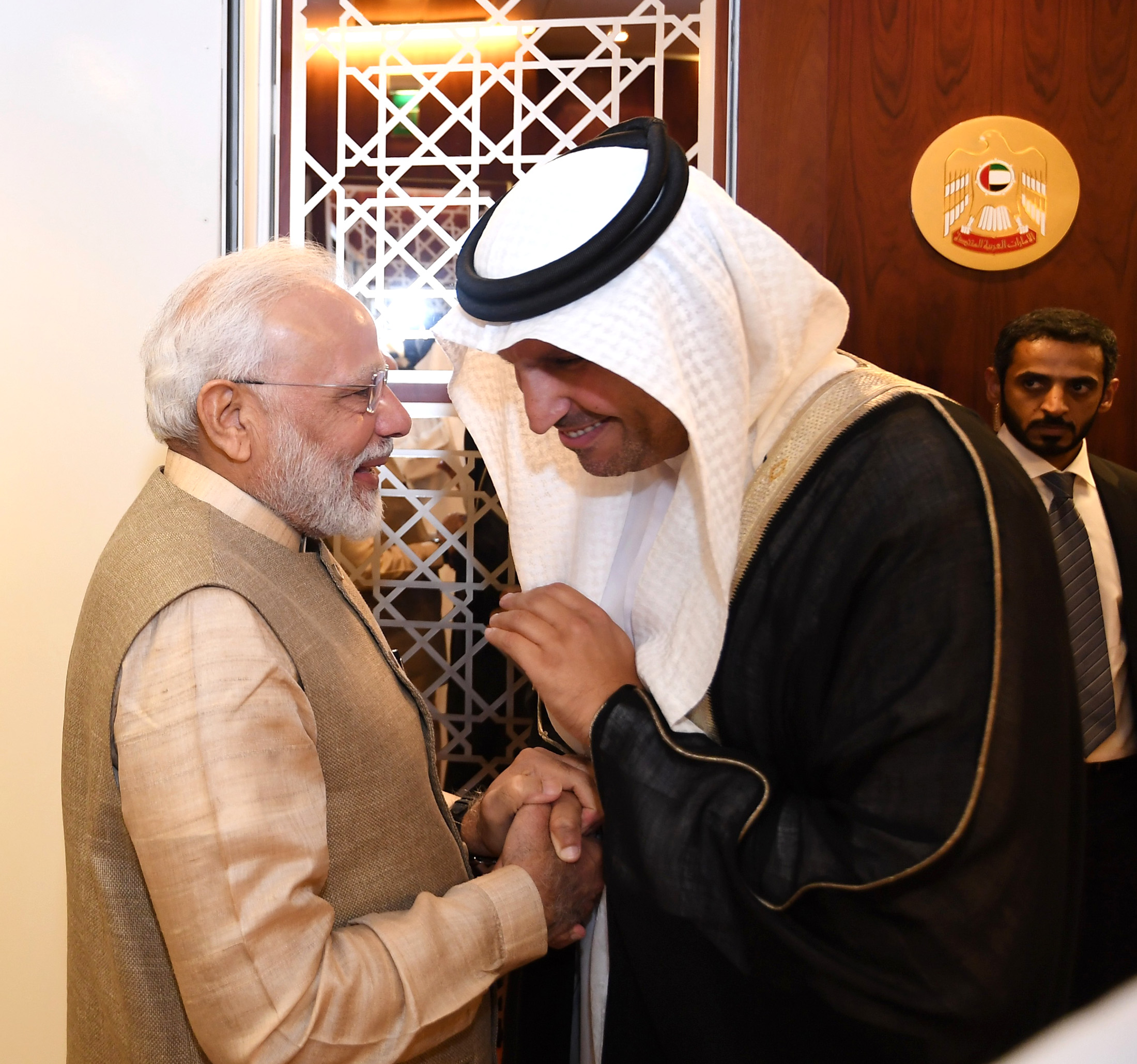
Prime Minister Narendra Modi undertook a visit to the UAE and Bahrain over the weekend. This was his.....
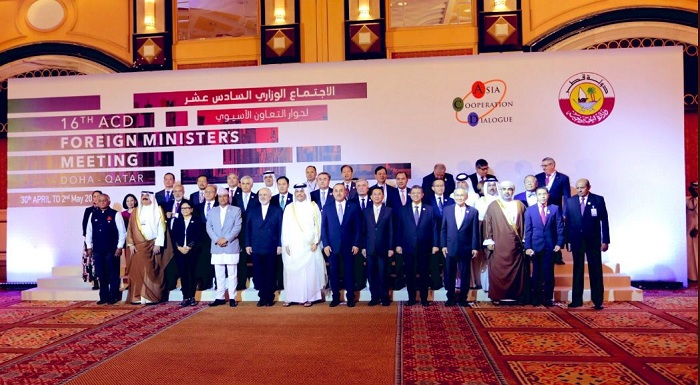
The 16th Ministerial meeting of the Asia Cooperation Dialogue (ACD) took place in Doha this week. Th.....
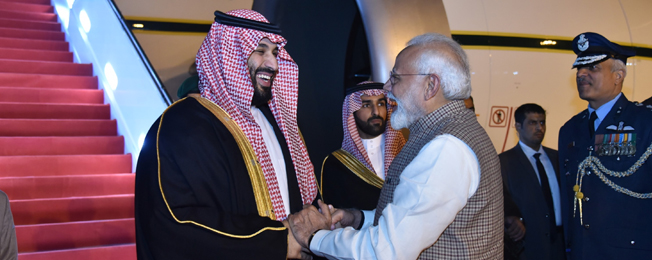
India’s relationship with the Gulf has witnessed a qualitative transformation since the A.....
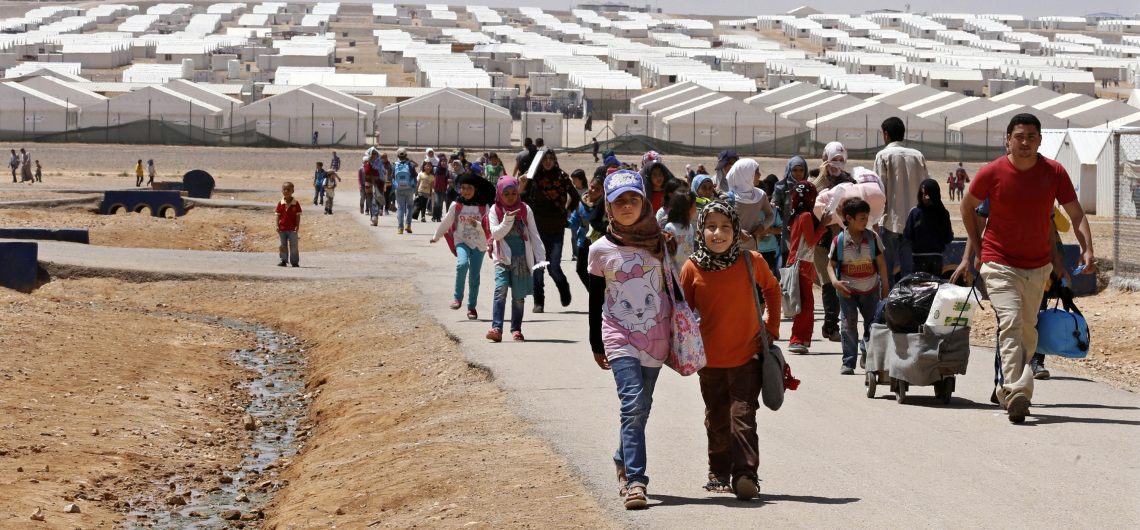
On March 24, 2019, the US-backed Syrian Democratic Forces (SDF) announced the capture of Baghouz, a .....
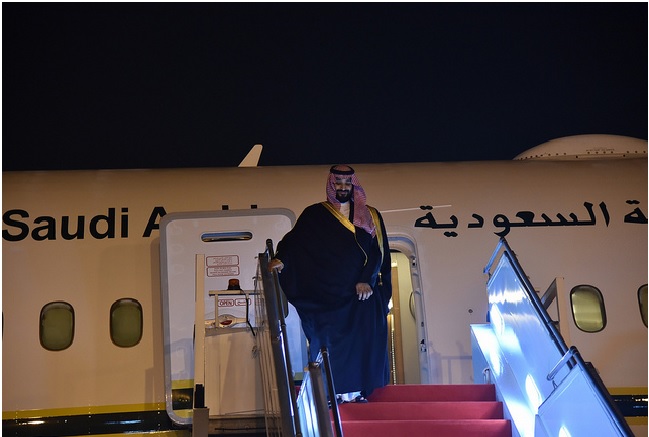
The visit of Saudi Minister of State for Foreign Affairs Adel al-Jubeir to New Delhi; close on the h.....
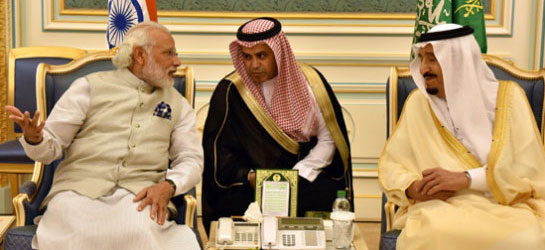
India and Saudi Arabia have increased defence and security cooperation in the fields of combating te.....
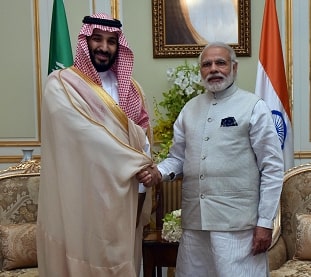
Economic and social reforms have emerged as the focus area in Saudi Arabia under the leadership of K.....
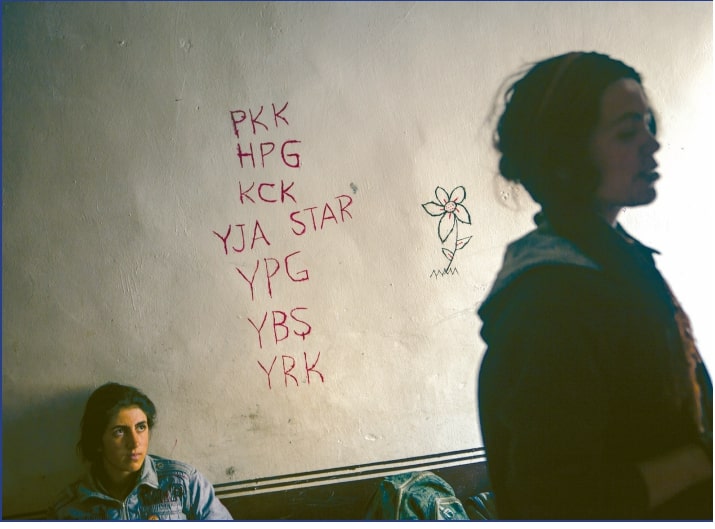
The US and Turkey are back on collision course over the Kurdish question in northern Syria. The late.....
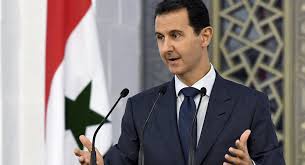
The Civil War in Syria has ravaged the country, took the life of nearly 500,000 people and has force.....

